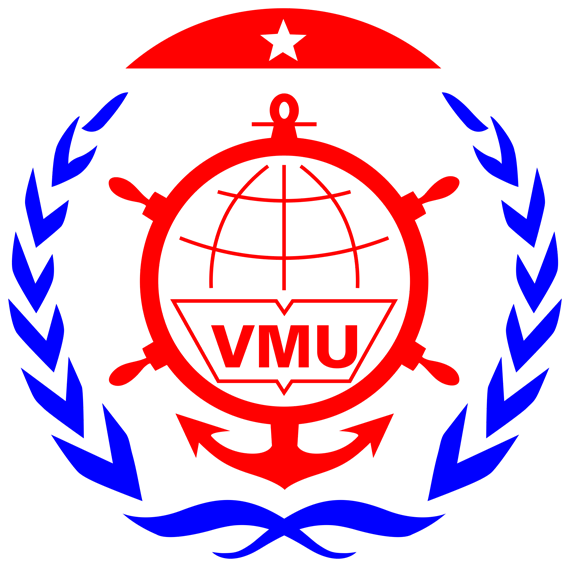1 AGM 13-15 Minutes
Please find attached the draft unconfirmed minutes of AGM 13-15 held in Manila on 12 November. GlobalMET Limited
2 Re-designing GlobalMET Website
It will be seen in the minutes that there is need to redesign the GlobalMET website. If interested, please express your interest to the ExecSec within two weeks.
3 CMA CGM Cuts Its Carbon Footprint By 50%
Infographic:
French liner giant CMA CGM said that it has achieved a 50% improvement in its CO2 performance for its owned fleet.
“Thanks to an efficient environmental policy sustained by deploying innovative solutions, this success was accomplished in 10 years,” the company added.
Today, a container emits approximately 60 grams of CO2 per kilometer, compared to 120 grams in 2005. The group said that its best-performing ships emit 37 grams of CO2 per container transported, such as the CMA CGM Bougainville which can carry up to 200,000 tons of goods in 18,000 containers.
CMA CGM has opted for various actions so as to cut its environmental footprint, which included redesigning of its vessels structure, by improving their hydrodynamics, thus reducing their fuel consumption and CO2 emissions.
These took the form of new bulbous bows that have been installed in order to adapt the hydrodynamics of the ships to the new reduced sailing speed, optimization of propellers, development of the Fast Oil Recovery System, and equipping its vessels with ballast water systems.
Image: CMA CGM Follow World Maritime News
4 How Containerization shaped the modern world
For a pictorial history of Maersk Line's involvement in containerisation go to www.creatingglobalopportunities.com
5 Shipments of Coal - Indonesia
The Association is currently dealing with a couple of cases that involve shipments of coal from Indonesia. We would like to remind our members of the hazards associated with this trade. The two primary concerns with coal cargoes are that they may self-heat and that they may emit methane (a flammable gas). The IMSBC Code provides that the shippers’ cargo declaration shall specify whether the cargo may be liable to emit methane or self-heat. Members may wish to inform their Masters that other ships have recently experienced problems with this cargo. Our checklist How to monitor coal cargoes from Indonesia contains the necessary measures to be taken on board to help reduce the risk associated with this cargo. During loading the temperature of the cargo has to be monitored regularly and any cargo at atemperature in excess of 55oC must be rejected. The cargo holds shall be closed immediately after completion of loading in each cargo space. If delays occur during loading, partially filled holds have to beclosed and they should not be ventilated Once the holds are closed, monitoring of the hold atmospheres for methane, carbon monoxide and oxygen have to start immediately, with the proper record of results. If any of the results give cause to concern the Club has to be notified immediately. Temperatures measured by lowering thermometers into sounding pipes may be useful in general termsbut should not be relied upon to reflect any changes occurring in the bulk of the cargo, as it will onlydetect heating of the coal in the immediate vicinity of the sounding pipe. Gas measurement readings will provide more reliable information. Source : UK P&I Club Bulletin 1067 - 10/15
